What is the National Association of Underwater Instructors (NAUI)?
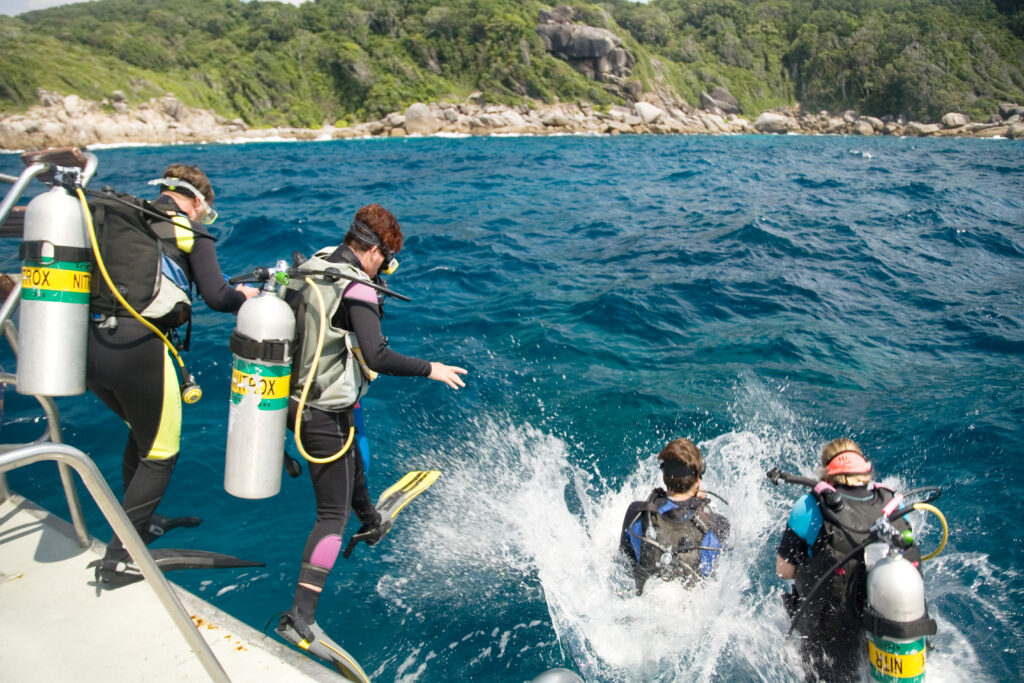
The National Association of Underwater Instructors (NAUI) is a globally recognized non-profit organization dedicated to scuba diving education and training. Established in 1959, NAUI has been instrumental in shaping the standards and practices of the diving industry, promoting safety, education, and environmental awareness. With a commitment to providing high-quality training and fostering a community of well-informed and responsible divers, NAUI has become one of the most respected certifying agencies in the scuba diving world.
10 Things Not to Forget at Home When Packing for Your Next Scuba Diving Trip
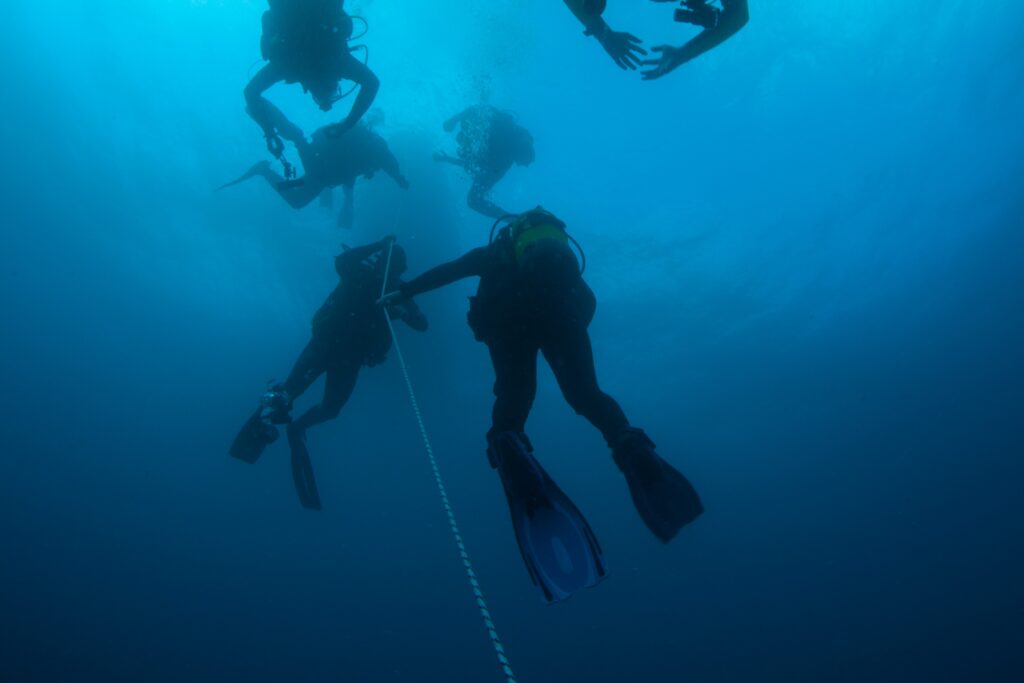
Imagine this scenario: you’ve finally arrived at one of the world’s most exquisite diving locations, eager to explore the colorful, vibrant depths below. As you unpack, your heart sinks when you realize that you’ve left a crucial piece of equipment behind. Scuba diving offers an unmatched adventure, plunging into an alien world filled with wondrous marine life and serene, untouched landscapes. However, this thrilling experience requires not just bravery and enthusiasm but meticulous preparation.
What is a Trim Weight?

A trim weight is a weight specifically designed and used by scuba divers to improve their underwater buoyancy and body positioning, promoting a horizontal orientation during a dive. By adjusting the location and amount of these weights, divers can ensure a balanced and streamlined profile underwater.
What is Beach Diving?
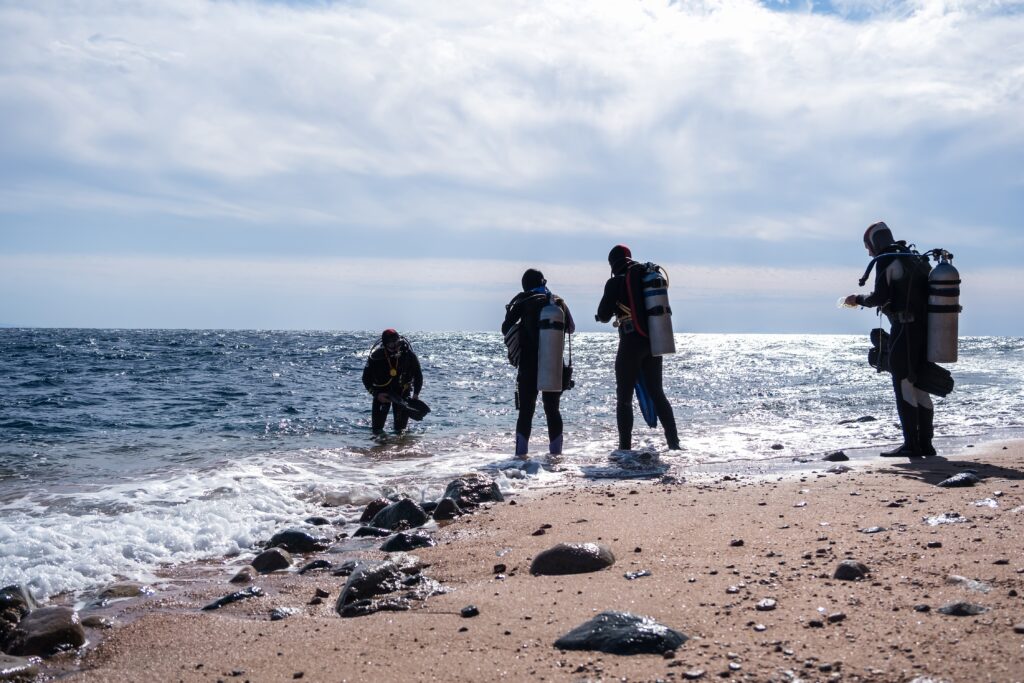
Beach diving is a distinct form of scuba diving where participants initiate their underwater journey by entering the water directly from a shoreline or beach rather than from a boat or other watercraft.
What Is Scuba Diving All About? – Discover the Magic Underwater World, One Breath at a Time

Imagine a world where gravity is suspended, vibrant colors and mesmerizing creatures abound, and the only sound is your own breathing. Welcome to the exhilarating world of scuba diving. In this article, we will delve deep into the blue, exploring the fundamentals of this thrilling adventure sport that’s captured the hearts of millions worldwide. The […]
What is Deep Diving?

Deep diving is a specialized category of scuba diving that involves descending beyond 18 meters (60 feet) underwater.
What is a Certified Diver?
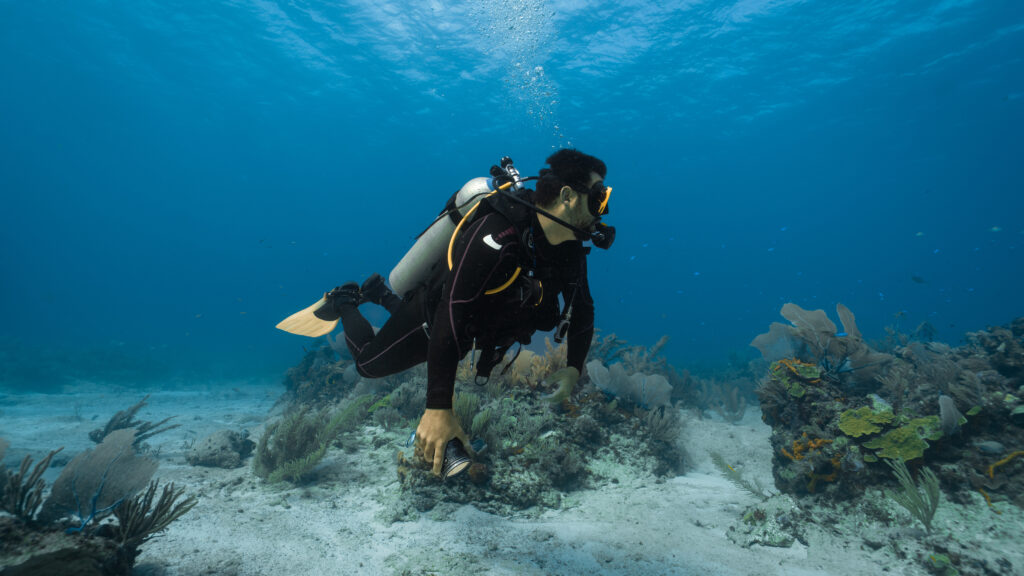
A certified diver is an individual who has successfully completed scuba diving lessons through a recognized training organization and is qualified to dive independently or with a buddy without the direct supervision of an instructor.
What is Cavern Diving?

Cavern diving is a distinct form of scuba diving that involves exploring natural underwater caverns, allowing divers to experience the beauty and mystery of submerged cave systems. Unlike cave diving, where divers venture deep into the labyrinthine recesses of underwater cave networks, cavern diving stays within the sunlit zone, offering a safer and more controlled environment. Cavern divers do not stray far from the surface, ensuring they remain within a short distance of an emergency exit point. This sport attracts those fascinated by unique underwater formations, offering an adventurous alternative to traditional open-water diving.
What is a cavern in the context of diving?

A cavern, in the context of diving, refers to a semi-enclosed underwater area where natural light is still visible and the entrance remains within view. These formations often occur in rock, creating unique and accessible underwater environments for divers. Cavern diving involves the exploration of these partially enclosed spaces, distinct from full cave diving, where the entrance may no longer be visible and natural light does not penetrate. Cavern divers can enjoy the sensation of venturing into more confined underwater environments while still maintaining the safety net of knowing they can see their way out and rely on natural lighting to guide their orientation. This article will explore the history of cavern diving, its unique geological features, required training and equipment, and the essential guidelines for ensuring safety and responsible diving practices.
What is a Full Face Mask?
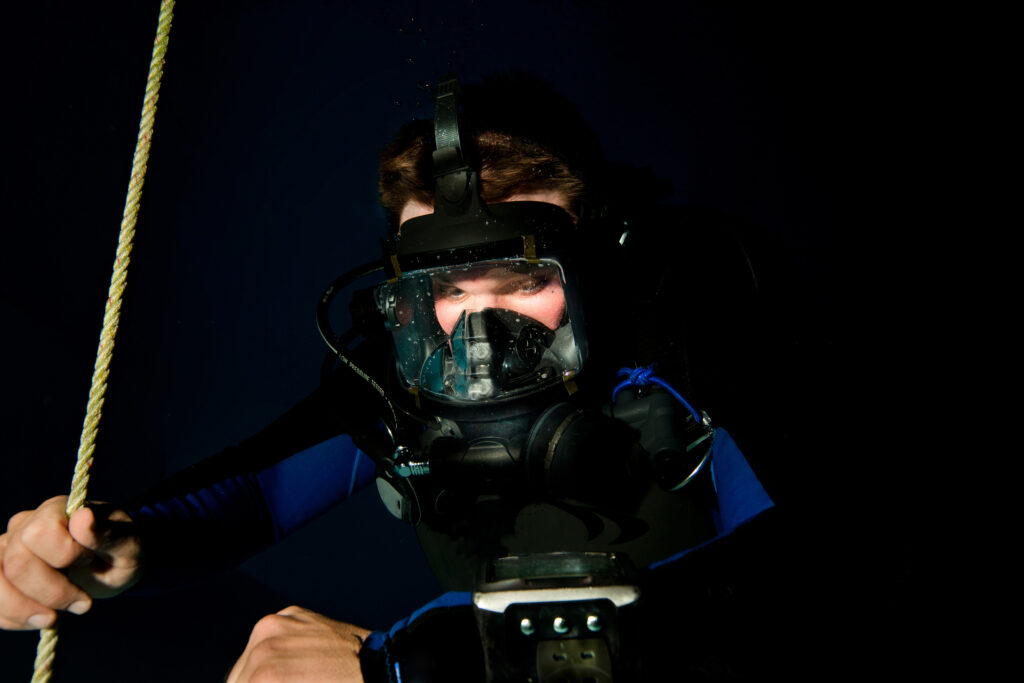
A full face mask (FFM) is an essential piece of equipment designed for scuba diving and snorkeling, providing comfort, safety, and optimal breathing capabilities to divers.
